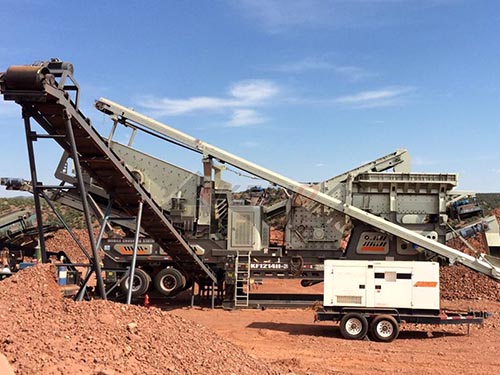Types Of Crushers And Their Prices
Understanding Crushers: Types, Applications, and Investment Considerations
The crushing stage is fundamental across numerous industries – mining aggregates for construction, processing minerals for extraction, recycling demolition waste into reusable materials, or preparing biomass for energy production. Selecting the right crusher is critical for operational efficiency, product quality control, and overall project economics. This guide explores common crusher types and provides insights into the factors influencing their prices.
Primary Crushers: The First Line of Size Reduction
1. Jaw Crushers:
How They Work: Utilize two vertical jaws – one fixed, one moving in an elliptical motion – to compress material against the stationary plate until it fractures.
Best For: Hard to moderately hard materials (granite, basalt), large feed size (up to 1-1.5m), primary crushing stage.
Output: Relatively coarse product (typically 150-350mm). Can produce cubical shapes but often yields some flaky particles.
Advantages: Robust design, simple operation & maintenance, high capacity relative to size.
Limitations: Less efficient on softer/sticky materials; output size less controlled than cone crushers.
2. Gyratory Crushers:
How They Work: Feature a conical head gyrating within a larger conical bowl; material is crushed progressively as it moves down towards the discharge.
Best For: Very hard abrasive materials in high-capacity primary crushing applications (large mines/quarries).
Output: Similar coarse product range as jaw crushers but often at significantly higher throughput rates.
Advantages: Highest capacity of primary crushers; continuous crushing action; efficient with hard rock.
Limitations: Very large footprint & installation height; higher capital cost than jaw crushers; complex maintenance requiring specialized skills.
Secondary & Tertiary Crushers: Refining the Product
3. Cone Crushers:

How They Work: Material falls into a rotating mantle eccentrically gyrating within a concave bowl liner; crushed by compression between mantle and concave at various points.

Best For: Medium-hard to very hard materials; secondary & tertiary crushing stages; producing finer products than jaw/gyratory.
Output: Well-graded cubical product; size control achievable via adjusting eccentric throw/bowl position/crushing chamber design.


